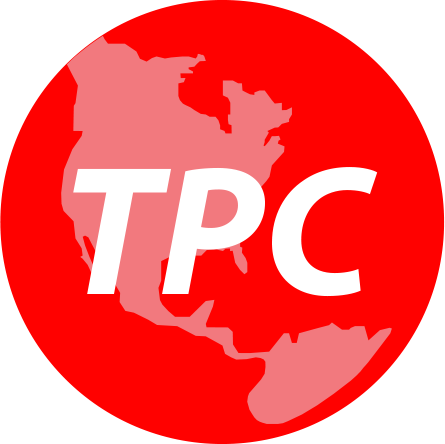Companies spend the most on production – after procurement.

The CEO wants to strengthen his organization’s production capabilities by transforming production into best-in-class practices operations. Production efficiencies and effectiveness have never been a priority. For example, no targets have been set for production utilization based on available production capacities and sales demands. In addition, the products are not sorted and grouped into logical production sequences to generate the highest production efficiencies and effectiveness. The grouping sequence enables the Sales and Operations Planner to develop a capacity utilization plan. This is done by putting together the optimal production run sequences to minimize, for example, product change over time. Each sales item has no economic rules based on available production capacities, optimal production quantity run sizes, and the most practical safety stock levels.
Production management
Production is generally the second largest cost element of a company’s total expenditures – after procurement costs. The cost of goods a production company sells consists of raw materials, packages, and production. These three elements transform finished products and services from which the company earns its core revenues. The cost of goods sold is generally between 35 and 60 percent of net sales revenues. Therefore, effective procurement and production management are the foundations a company should focus on to drive competitive advantages.
Best practices incorporate effective procedures, standards and guidelines, training and coaching, continuous improvement programs, and an effective performance measurement system that tracks actual performance against targets and goals. Costs are driven by capacity utilization in production management.
Our approach
The root causes of the warehouse’s ineffectiveness were uncovered and fixed. This enabled the warehouse to expedite 100% of order deliveries on time and according to preset service standards. Improved warehouse efficiencies and effectiveness are the foundation for building continual sales and service strength. Thus, with the right products for the right customers, the sales staff became very energetic. This resulted in significant and sustainable sales growth over the long term.
The Master Plan modules
We want to establish OEE (overall equipment effectiveness) as a fundamental core to running a production operation efficiently and effectively. OEE measures how effectively and efficiently an operation utilizes its assets and resources compared to the theoretical outcome standard. The variance between theoretical and actual outcomes is a loss, considered an opportunity for improvement.
Capacity utilization is the key cost driver, and the objective must always be to maximize actual production efficiencies – by reaching the targeted maximum theoretical efficiency standard. The theoretical production efficiency standard is the optimum reachable efficiency standard through the total time production should run – creating value.
This means the highest efficiencies are reached if one can do it without applying dead time, stoppages, changeover time, and breakdowns or failures to the theoretical efficiency standard. However, in reality, there will generally be stoppages, adjustments, failures, and breakdowns that hold back production efficiencies. The hold-back reasons behind the theoretical production efficiency standard that cannot be reached are made up of opportunities.
The master plan modules:
- Quality assurance
- Asset and recourse utilization
- Monitoring material losses
- Workforce effectiveness
- Performance management
The Master Plan explains step-by-step how to manage production by applying best-in-class practices.
The results
The production uses best-in-class operational practices and methodologies. The continuous improvement culture has generated substantial value in sales, services, marketing, finance, and operations, lowering costs and driving competitive advantage. Production overtime is no longer necessary to maintain product demand.
As part of this change, we introduced a tailored “Best-in-class Production Management” training program for essential production employees that ranked as an exceptional learning opportunity.
